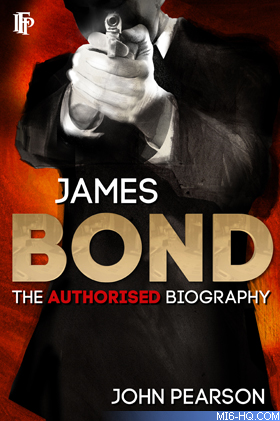 The Cuckoo's Calling introduces a new Private Investigator, Cormoran Strike into the already overcrowded universe of detectives. Cormoran Strike used to be a military intelligence man, who served in Afghanistan and had lost a leg in an explosion. Now he has set up an investigation agency without any success, is neck deep in debt and is homeless after getting himself kicked out of his girl friend's house. His fortune changes the day Robin, a temporary secretary assigned to him by a staffing agency enters his life. He bags the high profile case to investigate the death of a super model, Lula Landry, which the police has tagged as a sure incident of suicide. Beautiful Robin proves to be the resourceful sidekick indispensable in every detective story. What begins as a disparate attempt to generate the much needed cash flow for his firm, turns into an encounter with a maniac and ruthless killer.
The Cuckoo's Calling introduces a new Private Investigator, Cormoran Strike into the already overcrowded universe of detectives. Cormoran Strike used to be a military intelligence man, who served in Afghanistan and had lost a leg in an explosion. Now he has set up an investigation agency without any success, is neck deep in debt and is homeless after getting himself kicked out of his girl friend's house. His fortune changes the day Robin, a temporary secretary assigned to him by a staffing agency enters his life. He bags the high profile case to investigate the death of a super model, Lula Landry, which the police has tagged as a sure incident of suicide. Beautiful Robin proves to be the resourceful sidekick indispensable in every detective story. What begins as a disparate attempt to generate the much needed cash flow for his firm, turns into an encounter with a maniac and ruthless killer.J K Rowling weaves a plot that is rich with clues that are thrown at the reader which joins together at the climax like a solved jigsaw puzzle. Conventionally, the detectives are shown detached emotionally from the case they are investigating. Most of the times they don't even react to the social environment of the novel. But here the author successfully integrate the investigator with the society in which the crime occurs. In some parts of the novel we can deduce strong social commentary embedded to the plot were the writer satirize the class division that exist between rich and poor and even between different professions. The characters , even minor ones are given sufficient time and space to develop into three dimensional entities.
The narrative slows down a bit towards the middle and there are many repetitive descriptions about the murdered girl and other characters, as though the writer want to help readers who have attention deficiency syndrome, by stating obvious conclusions again and again. But once that phase is over, the novel picks up pace and terminates wonderfully. The novel never defies conventions of the genre, but the rich plotting, brisk narrative and wonderful characters makes The Cuckoo's Calling a fantastic
read.









